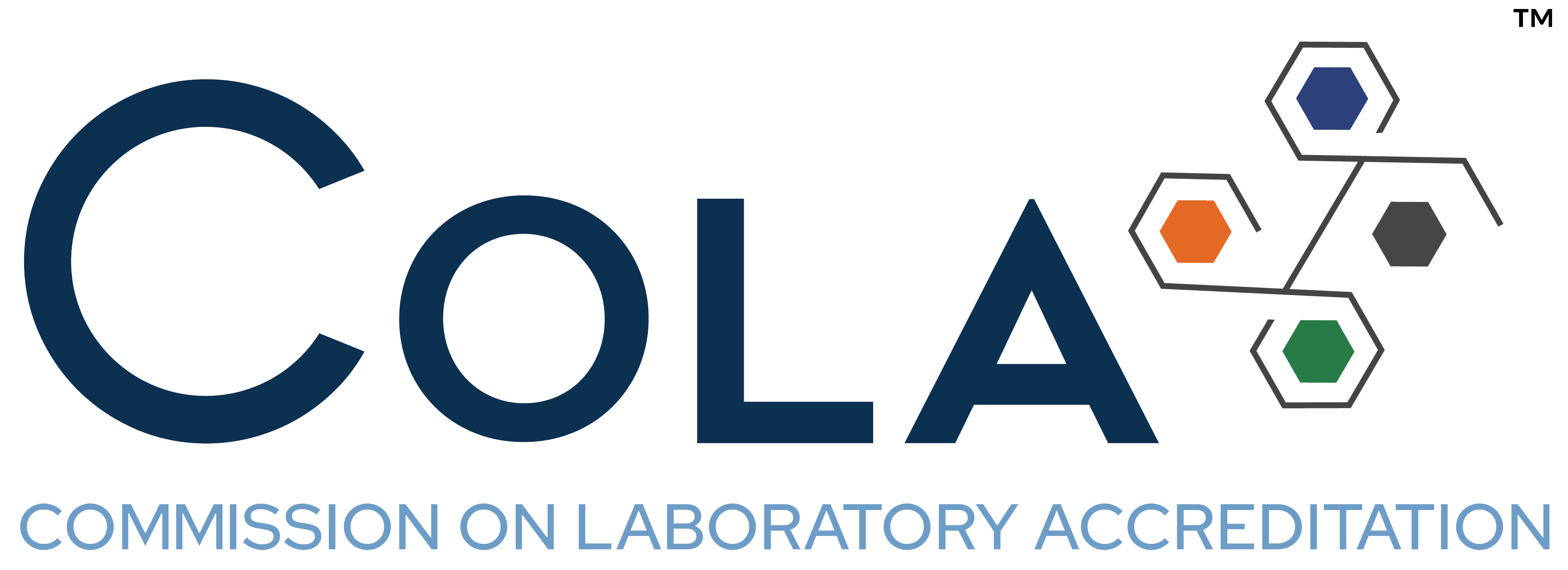Welcome back to the fourth installment of our series focusing on Gain of Function Research (GOFR). In this entry, we turn our spotlight onto the current oversight frameworks in the United States designed to mitigate the biosecurity and biosafety risks inherent in GOFR.
The Maze of U.S. Regulatory Policies on GOFR
The United States boasts a number of overlapping policies governing life sciences research. These rules and guidelines vary based on the specific nature of the experiments and the biological agents involved, with a strong emphasis on biosafety and biosecurity. Many were crafted in response to specific incidents.
Intriguingly, while some of these oversight measures are legally mandatory, others come in the form of guidelines issued by government funding bodies, and apply only when the research is backed by U.S. government funds. As such, studies that are privately financed or conducted outside the jurisdiction of the U.S. might bypass certain American oversight procedures. Several analysts have highlighted that the predominantly reactive stance of the U.S. in policy development for life sciences research has resulted in uneven policies, potentially jeopardizing the country’s ability to effectively respond to emerging threats.
The Importance of BMBL Guidelines
The cornerstone of U.S. biosafety practices is the Biosafety in Microbiological and Biomedical Laboratories (BMBL) guidelines. Jointly published by the Centers for Disease Control and Prevention (CDC) and the National Institutes of Health (NIH), these guidelines protect laboratory personnel against exposure to biological agents within laboratory work environments. The BMBL guidelines provide thorough instructions for safely handling infectious microorganisms and hazardous biological materials.
Recipients of specific federal agency grants must comply with the BMBL guidelines. The guidelines categorize laboratory activities into Biosafety Levels (BSLs), which increase in containment requirements based on the health-related risks of the work. Each ascending level, from BSL 1-4, builds on the prior one. The guidelines detail comprehensive safety practices, define mandatory safety equipment and outline appropriate administrative and engineering controls. The appropriate BSL for a particular research project is determined by the host institution, in consultation with the principal investigator, and depends on the specific organism and the nature of the experiment.
The Role of the Federal Select Agent Program
The Federal Select Agent Program (FSAP), an essential federal biosecurity regulatory initiative, was initiated in response to the Public Health Security and Bioterrorism Preparedness and Response Act of 2002. This legislation requires the Department of Health and Human Services (HHS) and the Department of Agriculture (USDA) to regulate biological agents and toxins that could pose significant threats to public, animal and plant health. The FSAP, jointly administered by the CDC and USDA, focuses on those who access selected agents and the facilities housing them. Entities must construct comprehensive biosecurity and biosafety plans for FSAP review and approval. The program’s applicability to GOFR is contingent on the specific pathogens used: if a pathogen is not listed by HHS or USDA, FSAP will not apply, although other policies could. Critics argue that FSAP’s list-based approach could hamper its effectiveness against emerging threats.
Dual Use Research of Concern
The U.S. Government Policy for Institutional Oversight of Life Sciences Dual Use Research of Concern (DURC), enacted in 2015, governs research that has potential biosafety risks. It extends to all U.S. government departments and agencies involved in funding or conducting life sciences research and to U.S. institutions receiving government funds for such research, particularly those using one or more of 15 specific agents or toxins.
However, private organizations or institutions not receiving government funding are not beholden to this policy. Despite the lack of a global consensus on the definition of ‘biosafety’ and ‘biosecurity’, there is a shared understanding that DURC experiments should be conducted under the safest possible conditions.
Potential Pandemic Pathogen Care and Oversight Policy
In January 2017, the Office of Science and Technology Policy (OSTP) published the Recommended Policy Guidance for Departmental Development of Review Mechanisms for Potential Pandemic Pathogen Care and Oversight (P3CO). This policy delineates a framework for federal agencies to implement review and reporting processes for additional oversight of federally funded research, particularly GOFR that may create or use enhanced potential pandemic pathogens (PPPs).
The P3CO review process scrutinizes the experimental subject (a PPP) and the intended experiment outcomes. Proposals meeting these criteria undergo further assessment by an independent P3CO review committee, which advises the funding agency on the proposal’s acceptability, possible modifications or the need for specific risk mitigation measures. The funding agency makes the final decision on funding the research, and must report this to both the HHS Department and OSTP.
Stay tuned for the final chapter of this series, where we will discuss the most recent recommendations from the National Science Advisory Board for Biosecurity (NSABB) on striking the right balance between science and security, while safely enabling essential, life-saving research.

